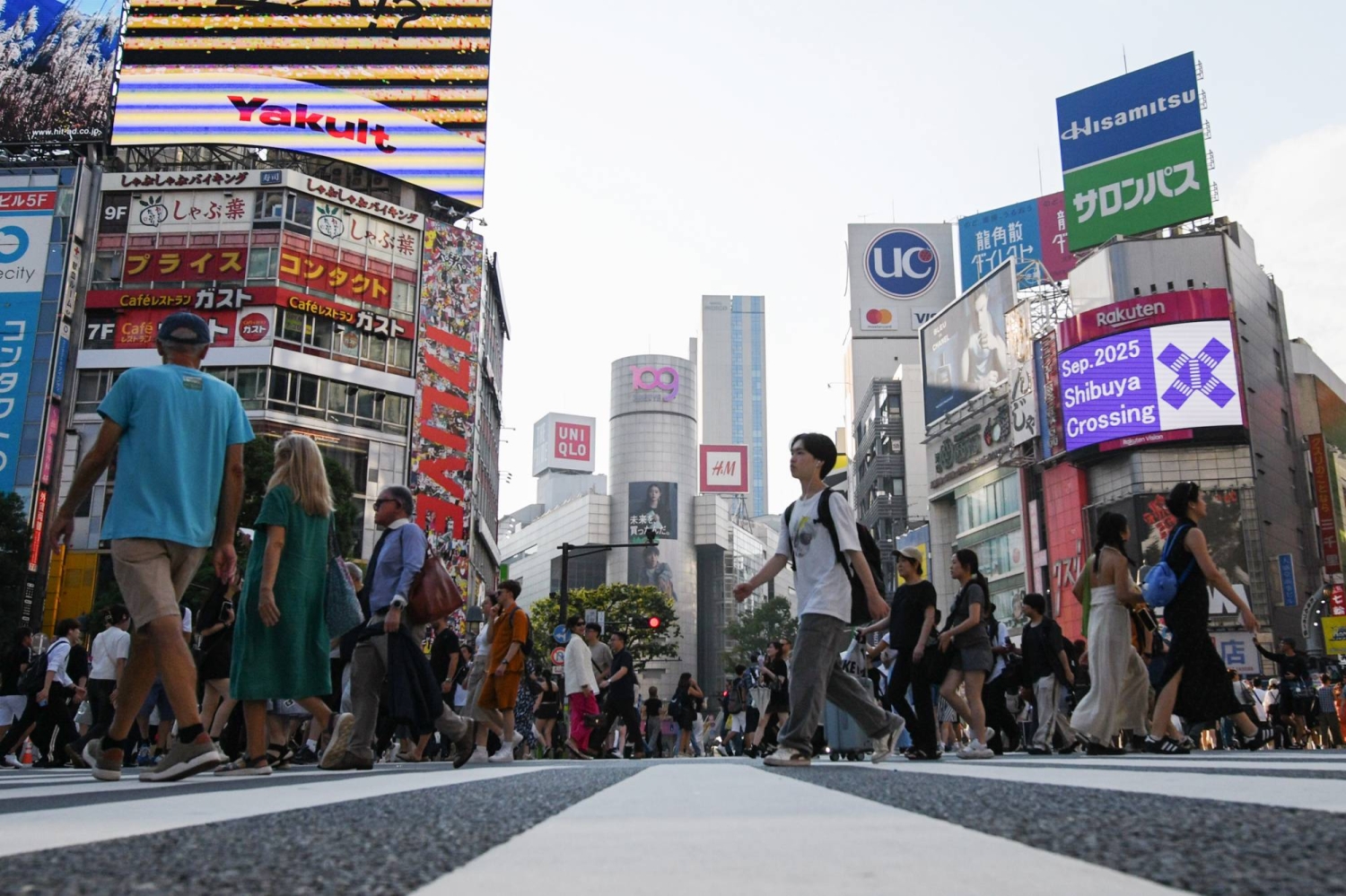
EAST ASIA
Written by Stylo News: AI-Powered, Multi-Source Global News

Images © their owners, publicly available, for informational purposes.
Map of Events
The events primarily concern Japan, focusing on Tokyo and other regions served by major power and city gas suppliers.
Locations
Event Updates
Japanese Power and City Gas Suppliers to Raise Rates in October 2025
Executive Summary
In October 2025, major Japanese power and city gas suppliers are set to increase their rates following the expiration of a government subsidy program in September. The subsidy, which ran from July through September, provided financial relief by reducing electricity fees by up to ¥2.4 per kilowatt-hour and gas fees by up to ¥10 per cubic meter, effectively lowering monthly household fees by about ¥3,000. With the subsidy ending, ten power suppliers announced rate hikes ranging from ¥467 to ¥536 for average households starting in September, with Tokyo Electric Power Company Holdings (TEPCO) raising rates by ¥520 to a new fee of ¥8,652. Similarly, four city gas companies plan to increase rates by ¥172 to ¥222, with Tokyo Gas expected to raise its rates by ¥222 to ¥5,710. This adjustment reflects the removal of government support and aims to align prices with current market conditions and costs.
Situation
The subsidy program was introduced by the Japanese government to alleviate the financial burden on households amid rising energy costs, particularly during the summer months when electricity and gas usage typically peak. Beginning in July 2025, the subsidy helped reduce monthly utility bills by approximately ¥3,000, offering significant relief to consumers. As the program concluded at the end of September, utility companies prepared to adjust their rates accordingly. The rate increases announced by power and gas suppliers are a direct consequence of the subsidy’s end, reflecting the true cost of energy supply without government intervention. Tokyo Electric Power Company Holdings, one of the largest suppliers, is increasing its electricity rates to ¥8,652, while Tokyo Gas is raising its city gas rates to ¥5,710. These increases are expected to impact household budgets, potentially influencing consumer behavior and energy consumption patterns. The government’s decision to end subsidies indicates a shift towards normalizing energy market prices after a period of support, possibly reflecting improved energy supply conditions or fiscal considerations. Key figures in the energy sector have emphasized the necessity of these adjustments to maintain the financial health of utility providers and ensure sustainable energy supply.
International Impact
While the rate increases are a domestic issue, they reflect broader global energy market trends, including fluctuating fuel prices and supply chain challenges. Japan’s energy cost adjustments may influence regional energy markets, given its role as a major energy consumer and importer. Internationally, the move signals Japan’s transition away from temporary subsidies towards market-driven pricing, which could affect trade relations and energy import strategies. Leaders in neighboring countries and international energy organizations may view Japan’s policy shift as indicative of changing energy dynamics in East Asia. Additionally, increased energy costs could impact Japan’s industrial competitiveness and economic relations with trading partners, prompting discussions on energy policy and economic resilience.
Decision Maker Perspectives
Japanese Government: Implemented subsidies to ease consumer energy costs during a period of high prices, now ending support to normalize the market and reduce fiscal burden.
Tokyo Electric Power Company Holdings (TEPCO): Raising electricity rates to reflect actual supply costs post-subsidy, ensuring financial sustainability and continued service provision.
Tokyo Gas: Increasing city gas rates in line with subsidy removal to maintain operational viability and respond to market conditions.
Source Perspectives
The Japan Times: Provides detailed reporting on the subsidy program’s end and the consequent rate increases, presenting factual information with context on government policy and industry response.